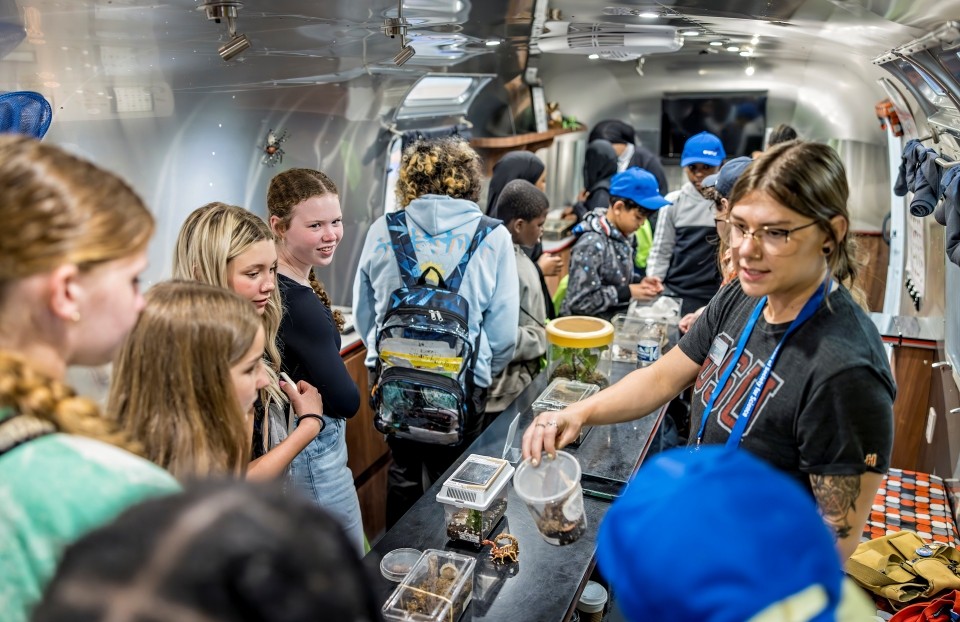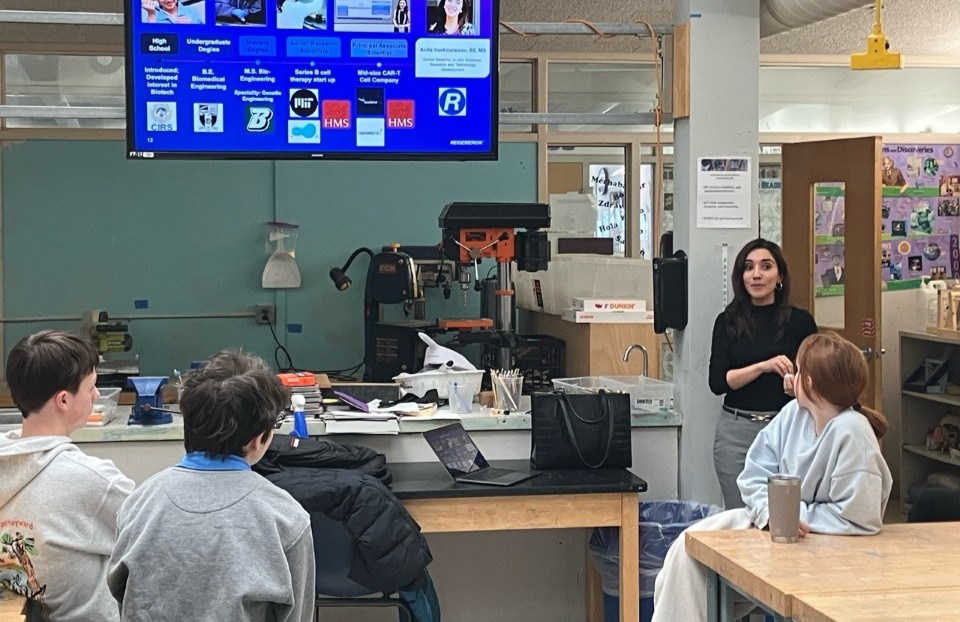Science News Learning, STEM Outreach
Educators Keep Recommending Science News Learning to their Colleagues

Teachers make more than a thousand decisions every day, from how to support a student who’s struggling, to the best way to engage their class with a lesson, to how to offer feedback that builds confidence rather than discourages it. With limited time and increasing expectations, selecting classroom resources isn’t just a matter of convenience. It’s about trust. The Science News Learning program has earned that trust in a meaningful way.
In a recent survey of more than 1,000 educators who use journalism articles and lesson plans from Science News Learning, 99% reported that the program is useful for supporting students’ STEM learning, and 100% said they would recommend it to a colleague. That kind of peer-to-peer recommendation speaks volumes. As Megan Larocque, a teacher in Marie, Mich. put it, “I wish every student in grades 1–12 in America would use this daily!” When educators share a resource with one another, it signals not only satisfaction but confidence that it will work.
This year, virtually all surveyed educators (96%) reported using Science News Learning at least once a month, a 10% increase from 2024. Many noted that it supports cross-curricular connections and helps students understand how science intersects with their daily lives. Katrice Antoine, an educator from Baton Rouge, La said, “Science News provides articles on a variety of topics that are relevant to the community and the world we live in today. This information highlights the connection between science and the real world, as well as other subject areas.”

New program features have also been popular. The recently introduced “Graph of the Week” lesson plans have already proven useful to 70% of educators. An additional 95% said they either use or plan to use the program’s standards-aligned lesson plans paired to articles. Data analysis-focused lessons are especially popular, with 79% of educators reporting they found them valuable.
“Each year the articles are more compelling and more relative to students,” said Nancy Broyles, an educator in Kentucky. “The lesson plans have evolved along with best practices. As standards became more phenomenon-based, so did the lessons. This has allowed teachers to quickly find and adapt excellent resources for their own classrooms.”
Teachers have also consistently shared that Science News Learning helps students recognize science in the world around them. Rayemona Boyd of Houma, La. said that students now regularly stop by during the school day to share something interesting they encountered in the news.

Vale Black of Springdale, Arkansas appreciates that the built-in comprehension questions “take some preparation off my plate” while still offering a wide variety of topics to engage student interest.
Eighty-five percent of educators said Science News Learning helps them highlight real-world applications of STEM, 78% said it supports the integration of new scientific discoveries into lessons and 70% said it strengthens students’ literacy skills.
In short, teachers recommend Science News Learning because it works, not only for their lesson planning, but also for fostering their students’ curiosity, engagement and understanding of science.
Sign up your school to receive the Science News Learning program by filling out this form.


